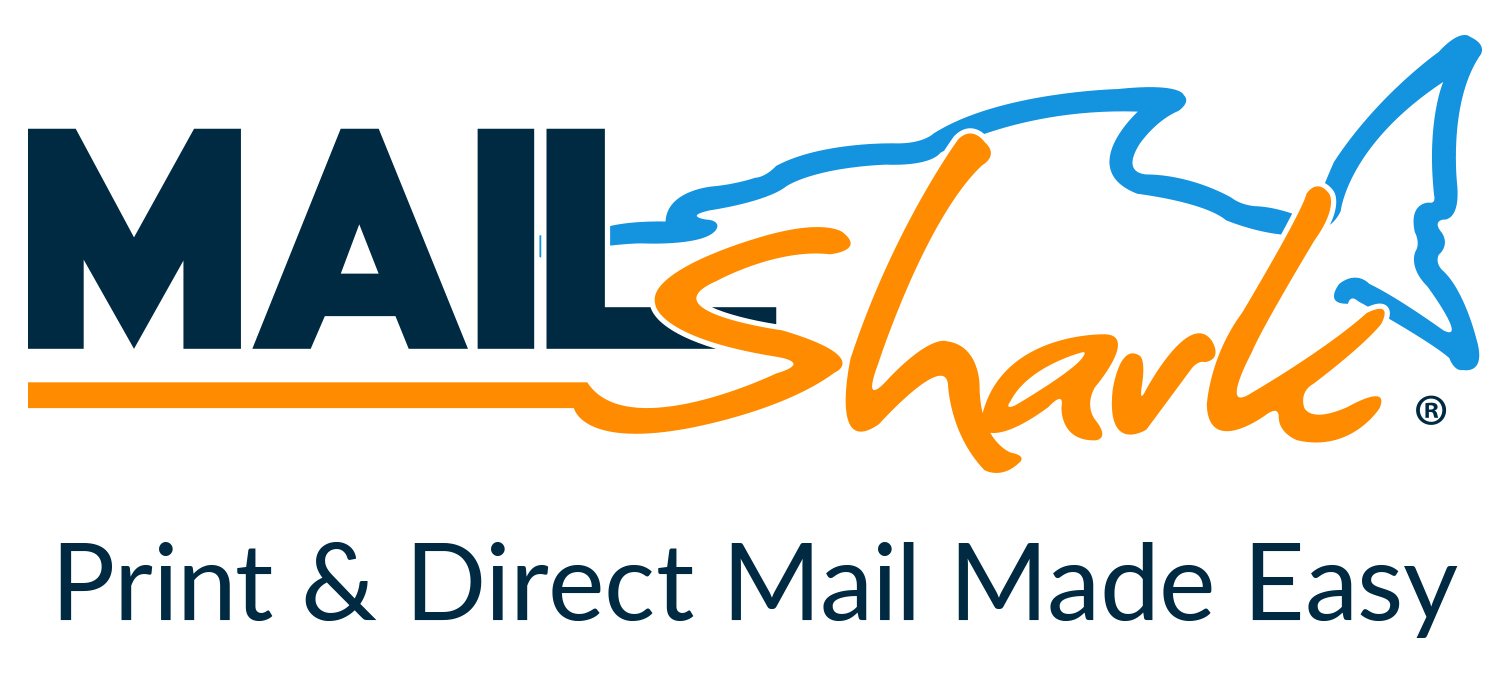Gentlemen, Start Your Engines! - - - Is NASCAR ready for the autonomous car?
-
Have you checked out Joe's Latest Blog?
-
By Joe Marconi in Joe's Blog5 commentsI recently spoke with a friend of mine who owns a large general repair shop in the Midwest. His father founded the business in 1975. He was telling me that although he’s busy, he’s also very frustrated. When I probed him more about his frustrations, he said that it’s hard to find qualified technicians. My friend employs four technicians and is looking to hire two more. I then asked him, “How long does a technician last working for you.” He looked puzzled and replied, “I never really thought about that, but I can tell that except for one tech, most technicians don’t last working for me longer than a few years.”
Judging from personal experience as a shop owner and from what I know about the auto repair industry, I can tell you that other than a few exceptions, the turnover rate for technicians in our industry is too high. This makes me think, do we have a technician shortage or a retention problem? Have we done the best we can over the decades to provide great pay plans, benefits packages, great work environments, and the right culture to ensure that the techs we have stay with us?
Finding and hiring qualified automotive technicians is not a new phenomenon. This problem has been around for as long as I can remember. While we do need to attract people to our industry and provide the necessary training and mentorship, we also need to focus on retention. Having a revolving door and needing to hire techs every few years or so costs your company money. Big money! And that revolving door may be a sign of an even bigger issue: poor leadership, and poor employee management skills.
Here’s one more thing to consider, for the most part, technicians don’t leave one job to start a new career, they leave one shop as a technician to become a technician at another shop. The reasons why they leave can be debated, but there is one fact that we cannot deny, people don’t quit the company they work for, they usually leave because of the boss or manager they work for.
Put yourselves in the shoes of your employees. Do you have a workplace that communicates, “We appreciate you and want you to stay!”
-
-
Similar Topics
-
By nptrb
Premium Member Content
This content is hidden to guests, one of the benefits of a paid membership. Please login or register to view this content.
-
By carmcapriotto
Thanks to our Partners, AAPEX, NAPA TRACS, and Automotive Management Network By leveraging tools like digital vehicle inspections (DVI) and customer relationship management (CRM) systems, businesses can significantly improve their operations and customer experience. These integrations allow for a more streamlined process, from diagnosing vehicle issues to maintaining consistent communication with clients. Ben Dexter, National Training Manager, NAPA TRACS Show Notes
Ben's journey in the automotive industry (00:00:55) Ben's progression from service writer to National Training Manager and his experience in the automotive industry. Importance of shop management systems (00:02:04) The critical role of shop management systems in the automotive repair industry and the support provided by NAPA TRACS. Value of training (00:03:21) The significance of investing in training and the impact of leadership participation in training programs. Building customer rapport (00:11:22) Ben's approach to building customer rapport and the importance of effective communication and attention to customer needs. Significance of scheduling (00:13:12) The shift from reactive scheduling to a coordinated approach, addressing the issues of timely and accurate repairs through effective scheduling. The power of software integrations (00:15:37) The commitment to utilizing shop management software and the potential of integrations with other tools like DVI and CRM for business growth. Utilizing shop management systems (00:19:08) Encouraging the use of shop management systems and the availability of resources for business advancement. Role of technology in DVI (00:20:42) Discussion on the coordinated effort required for effective Digital Vehicle Inspections (DVI) and the benefits of real-time communication. Challenges in utilizing software (00:22:32) Exploring the reasons behind the underutilization of software tools and the need for effective leadership and training. Importance of testing and measuring (00:25:13) Highlighting the significance of testing and measuring business performance for improvement and growth. Communication and customer service (00:28:27) Emphasizing the importance of effective communication with customers to prevent unexpected breakdowns and enhance customer satisfaction. Impact of scheduling on service advisors (00:30:07) Discussing the influence of scheduling on service advisors' decision-making and the need for consistent customer recommendations. Rethinking business analysis (00:32:47) Encouraging a reevaluation of business statistics and reports to identify missed opportunities and improve overall business strategies. Morning Meetings and Reporting (00:33:21) Discussion on the importance of morning meetings, sales reporting by service writer, and constructive performance discussions. Maximizing Existing Resources (00:34:55) Emphasizing the significance of making the most of existing resources before seeking more car count. Linear Quantity Opportunities (00:36:32) Exploration of the linear quantity opportunities in parts matrix, addressing traditional matrix problems and opportunities for improvement. Commitment to Lifelong Learning (00:38:54) Highlighting the importance of lifelong learning for success in shop management and overall strategy. Thanks to our Partners, AAPEX, NAPA TRACS, and Automotive Management Network Set your sights on Las Vegas in 2024. Mark your calendar now … November 5th-7th, 2024. AAPEX - Now more than ever. And don’t miss the next free AAPEX webinar. Register now at http://AAPEXSHOW.COM/WEBINAR NAPA TRACS will move your shop into the SMS fast lane with onsite training and six days a week of support and local representation. Find NAPA TRACS on the Web at http://napatracs.com/ Get ready to grow your business with the Automotive Management Network: Find on the Web at http://AftermarketManagementNetwork.com for information that can help you move your business ahead and for the free and informative http://LaborRateTracker.com Connect with the Podcast: -Follow on Facebook: https://www.facebook.com/RemarkableResultsRadioPodcast/ -Join Our Private Facebook Community: https://www.facebook.com/groups/1734687266778976 -Subscribe on YouTube: https://www.youtube.com/carmcapriotto -Follow on LinkedIn: https://www.linkedin.com/in/carmcapriotto/ -Follow on Instagram: https://www.instagram.com/remarkableresultsradiopodcast/ -Follow on Twitter: https://twitter.com/RResultsBiz -Visit the Website: https://remarkableresults.biz/ -Join our Insider List: https://remarkableresults.biz/insider -All books mentioned on our podcasts: https://remarkableresults.biz/books -Our Classroom page for personal or team learning: https://remarkableresults.biz/classroom -Buy Me a Coffee: https://www.buymeacoffee.com/carm -The Aftermarket Radio Network: https://aftermarketradionetwork.com -Special episode collections: https://remarkableresults.biz/collections
Click to go to the Podcast on Remarkable Results Radio

-
By Changing The Industry
Today is the last day for registration - Send us a message on HOW to register for this show.
-
-
Our Sponsors





.thumb.jpg.2b345efc275b9df0af2bbb306a10a78a.jpg)









Recommended Posts